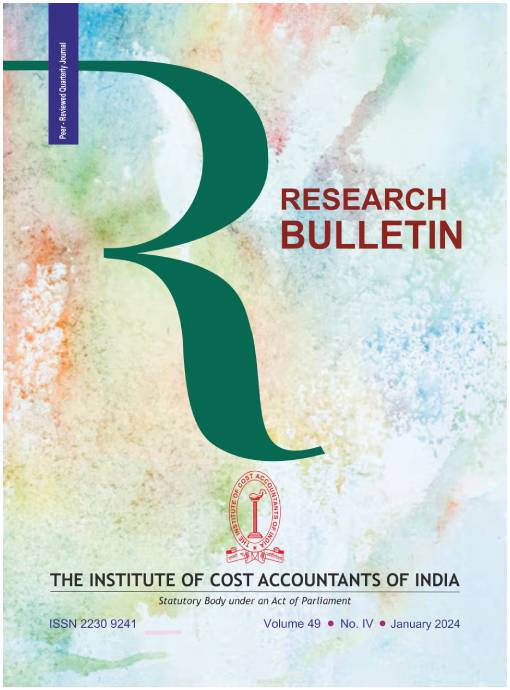Artificial Intelligence (AI) Based Smart Agriculture for Sustainable Development
DOI:
https://doi.org/10.33516/maj.v57i6.54-57pKeywords:
No Keywords.Abstract
Agriculture plays a significant role in the economic growth and development. Over the years, AI-based technological improvements have profoundly impacted farming and transformed the business. These technologies could help farmers to be proactive rather than reactive in their farming practices. These technologies allow farmers to boost agricultural yield, soil analysis, pest attack monitoring, water management, seed management, crop rotation, better control of harvesting conditions and timing, nutrition management, and reduced waste. However, in order to reap all these benefits, effective collaboration between Government, science, and business is also vital. This article attempts to outline the significant AI based smart agricultural technologies, their significance and the challenges confronting Indian agriculture with potential solutions.Downloads
Downloads
Published
How to Cite
Issue
Section
References
https://www.fao.org/3/i6583e/i6583e.pdf (accessed on Apr.19, 2022)
https://indianexpress.com/article/india/agriculture-ministry-inks-mou-with-5-firms-7509545/ (accessed on Apr.19, 2022).
Dharmaraj, V. and Vijayanand, C. (20180. Artificial Intelligence (AI) in Agriculture. International Journal of Current Microbiology and Applied Sciences 7(12): 2122-2128.
Royston, R. M. and Pavithra, M.P. (2018). Vertical Faming: A Concept. International Journal of Engineering and Techniques. 4 (3): 500-506.
Kavga, A.; Bitas, D.; Papastavros, K.; Prapopoulos, M. and Kotsiris, G. (2021). Development of an Integrated IoT-based Greenhouse Control Cablebot System. Information and Communication Technologies in Agriculture, Food & Agriculture. 2761: 518-525.
Vibhute, A. and Bodhe, S. K. (2012). Applications of Image Processing in Agriculture: A Survey. International Journal of Computer Applications. 52 (2):34-40.
Kulkarni, A. A.; Dhanush, P.; Chetan, B. S.; Thamme Gowda, C. S. and Shrivastava, P. K. (2002). Applications of Automation and Robotics in Agriculture Industries: A Review. International Conference on Mechanical and Energy Technologies.748:1-7.
Misra, N. N.; Dixit, Y.; Al-Mallahi, A.; Bhullar, M. S.; Upadhyay, R. and Martynenko, A. (2020). IoT, big data and artificial intelligence in agriculture and food industry. IEEE Internet of Things Journal. 1(1): 6305 - 6324.
https://economictimes.indiatimes.com/news/economy/agriculture/who-will-pay-for-the-kisandrone/articleshow/89530562. cms?from=mdr (accessed on Apr.29, 2022).




 Free Sample
Free Sample Editorial Policy
Editorial Policy

